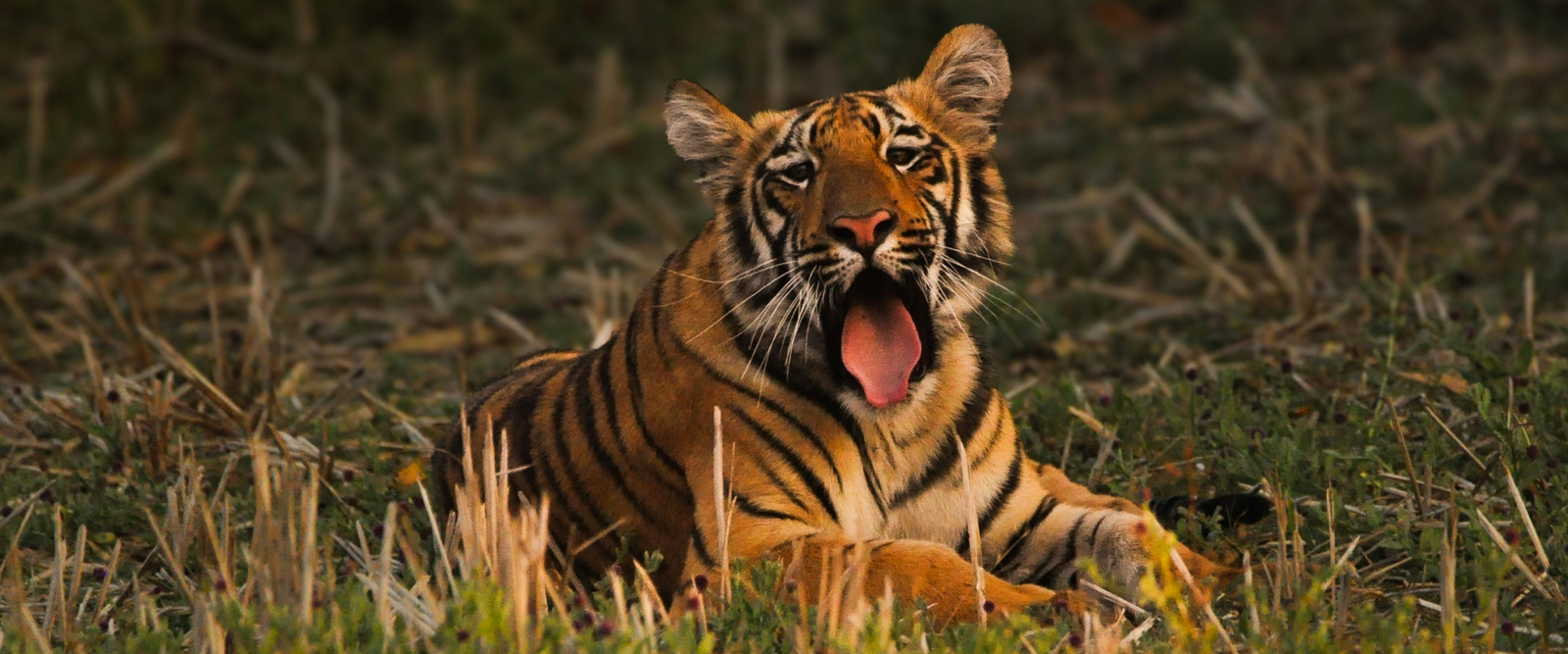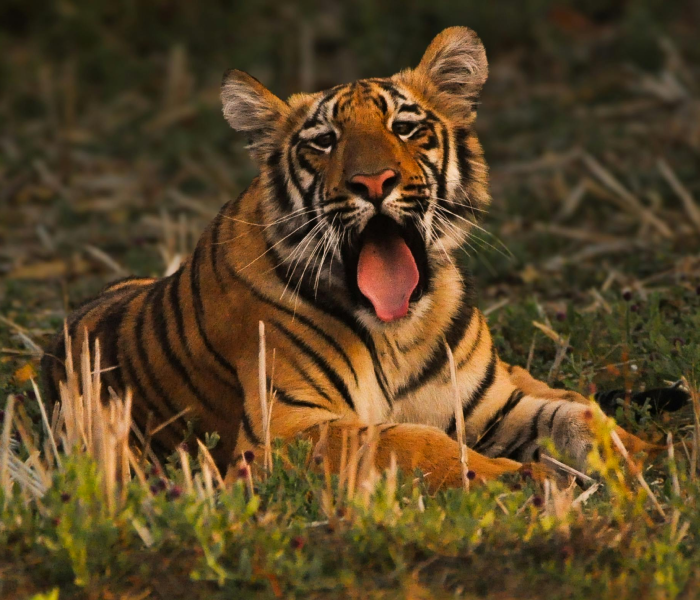

Ecosystem of Tadoba – The Wild Heartbeat of Central India
When you enter the gates of Tadoba Andhari Tiger Reserve, you’re not just entering a forest — you’re stepping into a living, breathing ecosystem that’s been thriving for thousands of years. Home to majestic tigers, mysterious leopards, ancient teak forests, and vibrant birdlife, Tadoba’s ecosystem is one of the richest and most balanced wild habitats in India.
But what exactly makes Tadoba’s ecosystem so unique? Let’s take a deep dive into the layers of life that work together in this magical corner of Maharashtra.
Where is Tadoba?
Located in the Chandrapur district of Maharashtra, the Tadoba Andhari Tiger Reserve (TATR) covers over 1,700 sq. km including core and buffer areas. It’s named after the local tribal god “Taru” (Tadoba) and the Andhari River that flows through it.
It is one of the best-preserved deciduous forests in India, representing the classic Central Indian forest ecosystem.
1. Forest Types – The Green Foundation
Tadoba’s ecosystem is primarily made up of Southern Tropical Dry Deciduous Forests. These forests are seasonal, meaning they change color and structure dramatically with every season – a true spectacle of nature.
Common Trees in Tadoba:
- Teak (Tectona grandis) – the dominant species
- Ain (Crocodile bark tree)
- Tendu (used to roll beedis)
- Mahua (Madhuca indica) – vital to local tribes for food and brew
- Jamun, Bamboo, Palash, and Salai
These trees don’t just add shade or beauty. They provide:
- Food for herbivores
- Shelter for birds and insects
- Breeding grounds for mammals and reptiles
2. Wildlife – The Core of the Ecosystem
Tadoba is one of the top tiger habitats in India, but the jungle is also a web of life where every species has a role.
Top Predators:
- Royal Bengal Tiger – apex predator and the ecosystem’s top regulator
- Leopard
- Indian Wild Dog (Dhole)
- Sloth Bear
Herbivores (Plant-Eaters):
- Spotted Deer (Chital)
- Sambar Deer
- Nilgai (Blue Bull)
- Gaur (Indian Bison)
- Wild Boar
These species maintain the balance of plant life by grazing and dispersing seeds, indirectly shaping the forest structure.
Birds and Raptors:
Tadoba is a birdwatcher’s paradise with over 200 bird species:
- Crested serpent eagle
- Honey buzzard
- Paradise flycatcher
- Peafowl
- Flameback woodpecker
Birds help in pollination, seed dispersal, and even pest control.
3. Reptiles, Amphibians, and Insects – The Silent Workers
You may not see them often, but they are the unsung heroes of the Tadoba ecosystem.
Key Reptiles:
- Indian cobra
- Russell’s viper
- Monitor lizard
- Marsh crocodile (in lakes and streams)
Role of Reptiles:
- Control rodent populations
- Maintain balance in the food chain
Insects like termites and beetles decompose dead plant material, while butterflies and bees are crucial for pollination.
4. Water Bodies – Life-Supporting Arteries
Tadoba has multiple natural and man-made water bodies, which are lifelines during the harsh summer months.
Main Lakes and Waterholes:
- Tadoba Lake
- Kolsa Lake
- Pangdi and Telia lakes
These attract wildlife during dry seasons, creating perfect spots for sightings. They support aquatic life, help control temperature, and sustain vegetation nearby.
The Andhari River runs through the reserve, nourishing both flora and fauna.
5. Humans and Tribals – Living in Harmony
Tadoba is surrounded by tribal villages who have been living in and around the forest for generations.
Major Tribes:
- Gond
- Kolam
They understand the forest intimately and depend on it for honey, tendu leaves, mahua flowers, and natural medicine. With eco-tourism and conservation awareness, many locals now work as guides, drivers, and nature interpreters, making them a vital part of the ecosystem.
6. Role of Buffer Zones in Conservation
The buffer zones around Tadoba help reduce human-animal conflict and act as transition zones between core forest and farmland.
Many of the wildlife sightings now happen in buffer areas, which shows how the ecosystem is expanding when protected properly.
7. Balance of the Ecosystem
Tadoba’s ecosystem is like a complex puzzle. Remove one piece, and the whole picture suffers.
- Tigers control herbivore numbers → Herbivores control vegetation
- Birds and insects pollinate and clean up
- Trees give oxygen, shade, shelter, and food
It’s all interconnected. That’s why any imbalance — like poaching, deforestation, pollution, or human interference — can have devastating consequences.
Why Protecting Tadoba’s Ecosystem Matters
- Carbon Sink – Forests absorb CO₂ and regulate climate
- Water Security – Forests help recharge groundwater
- Biodiversity Hotspot – Essential for scientific research and ecological health
- Livelihood for Locals – From eco-tourism to forest produce
- Mental & Spiritual Health – Nature heals and inspires
Conclusion: Tadoba is More Than Just a Tiger Reserve
It’s a self-sustaining wild classroom, a temple of biodiversity, and a reminder of how nature thrives when we respect her rules.
If you’re visiting Tadoba, don’t just go for the tiger. Look at the trees, the ants, the birds, the sunset – they’re all part of the ecosystem that keeps the forest alive.
Understanding the ecosystem of Tadoba makes your safari experience deeper, richer, and more respectful. You’ll not just “see” the jungle — you’ll “feel” it.

